As a continuation of Parts 1 and 2 of this Miniature Manifesto, Part 3 is supposed to develop a language for talking about miniatures. I introduced some ideas from worldbuilding and narrative theory in the first two parts, but I have been struggling with going further. I just reread what I wrote in Parts 1 and 2 and after engaging with multiple miniature communities over the past few years (see especially Comic-Con and IGMA), I believe what I wrote more than ever. But there is still the nagging question of, “Why?” Why do we do this and how can we talk about it in a way that helps it get taken seriously? In these dark times, as they are often described, why are we playing with toys, or if we want to be kinder, making little things that others consider childish? If this is not an escape from these crises and fears (I don’t use the psychological term “anxiety”) then what is it?
In parts, this is not going to be pretty and if you tend to be insulted by critical comments, you might want to skip this. But here it goes.
I have found the “psychobabble” about miniatures and miniaturists painful to read and listen to. Miniaturists are described (and often describe themselves) as obsessed, or as grieving, sad, and nostalgic for a lost childhood. It is said that they have to be crazy to make little things that have no utilitarian value. I think the first thing we have to do is stop talking about our passion for making and viewing miniatures as if it is a disease. Why do we have to talk about this as an obsession as if that is something that can be cured, or an interest that can be diverted into more productive things? We aid and abet this pathology approach by labelling ourselves with psychological diseases when we talk in public about our work, as if PTSD or ADHD or depression or other conditions (whether we really have them or are just using them as a metaphor) makes us do this. These conditions are real and if you are an art therapist you know that being creative with your hands and your mind is very helpful for sufferers. But these conditions are not the cause of people deciding to make, view, or collect miniatures.
Science fiction author Ursula Le Guin has described the craziness of inventing imagined worlds and things not as a disease but as an inherent aspect of human creativity and imagination. She says in the introduction to her novel The Left Hand of Darkness that, “While we read a novel we are insane—bonkers. We believe in the existence of people who aren’t there, we hear their voices.” If well done, she explains, we should be a little changed after reading, or viewing art, or experiencing something new because of this exposure to an alternative world. This is not a pathology, it is what makes us human. As an anthropologist, I embrace the idea that what we all do is use stories and things and our own bodies to make the world meaningful. We are restless to experience “What if…?” possibilities, to not accept everything as it is presented to us. Think about how miniaturists take a kit and hack it, redo it, throw away the instructions and make it their own.
If you are my age you will remember the 1965 Rodger and Hammerstein’s version of Cinderella that played on television for years. We can all recite the dialogue and lyrics, can’t we! One song that has always stayed with me is “Impossible.” As Cinderella (Lesley Ann Warren) sings to her fairy godmother (Celeste Holm),
“But the world is full of zanies and fools, Who don’t believe in sensible rules, Who won’t believe what sensible people say, And because these daft and dewey-eyed dopes keep building up impossible hope, Impossible things are happening every day.”
I did most of that from memory but if you want to see the clip it is here! One of the best reactions we get as miniaturists is that what we do is impossible. We even love it more in each other’s work when someone makes something smaller or more exciting than we ourselves could possibly accomplish. Think Alice in Wonderland, who, in the 2010 film version by Tim Burton, learns from her father to “believe in six impossible things before breakfast” including the possibility of becoming miniaturized.
Some miniaturists embrace their role as fine artists using the medium of a scaled world. But many miniaturists resist this, either because they don’t want to be judged by those harsh or foreign criteria or because, as the film director David Lynch has said, they value more the “happiness in the doing.” I, too, am more interested in the process of being creative and imaginative and while I both envy and admire the work of high quality miniaturists like those in IGMA or at Darren Scala’s shop, I am neither in their league nor aspire to be. So what is left for us?
What is left is to embrace the “happiness in doing” or the play (not toy) aspect of making miniatures. Play involves stepping away from the everyday and entering a world that has different rules and different interactions. For miniaturists this involves seeing the world around us differently so we can translate it into something small with different materials and properties. This is not an “escape” as psychologists might want us to think, but rather a means of engagement with the real world. Play comments on, highlights, or rehearses aspects of the everyday, not escapes them. Only by experiencing a world where the taken-for-granted aspects of our mundane life are turned upside down, shown to be deceptive, or are ridiculed can we re-engage with the real in a creative way. The forms of “play” that fall into this category include not only the creation of miniatures but also art, reading, visiting museums, seeing a movie, gardening, or any array of creative activities. These “lessons” in what can happen when the world is different are what the best miniatures provide (I have an essay that explores these aspects of play further).
A better language for talking about miniatures comes, I think, from the study of alternative worlds and the ways that being playful and imaginative connects us to those worlds. In his dense essay on miniaturization in his book The Poetics of Space, French philosopher Gaston Bachelard describes miniaturization as the essence of imagination since “values become condensed and enriched in miniature.” In stating, “One must go beyond logic in order to experience what is large in what is small,” he is confirming what Ursula, Alice, and Cinderella have said above: that we are in a world of wonder when we are in the miniature and that “transforms me into an imagining being.”






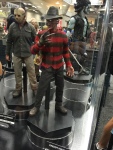
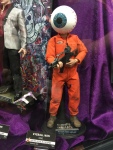
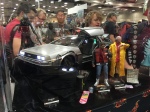

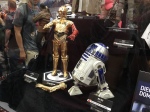
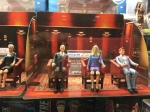

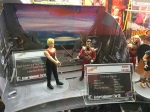

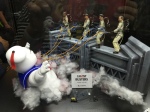

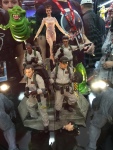
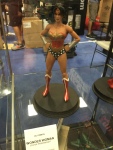
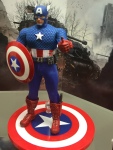

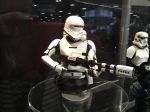








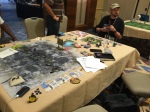


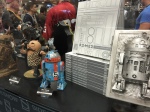

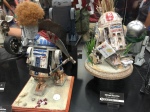




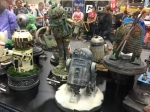
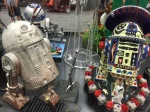

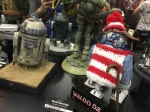
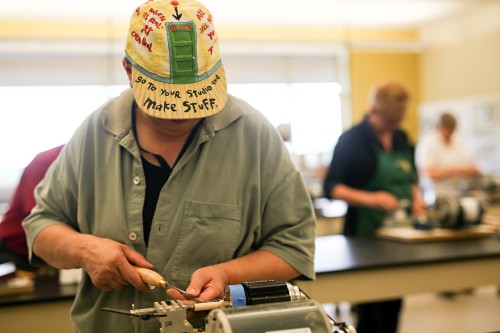
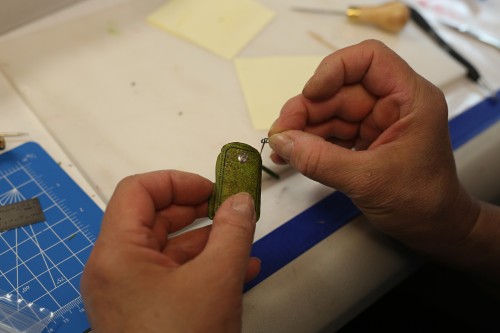
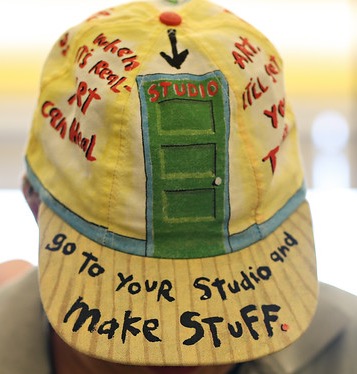













You must be logged in to post a comment.